In order to make the best of poor soil, water conservation, and mountainous terrain, terraced farming was introduced by various cultures around the world. Extremely labor intensive to build, terracing allowed the land to support civilization’s increased need for crops, livestock and poultry. Erosion was avoided, rain and runoff water was preserved, and otherwise unused hillside became arable due to terraced agriculture. Not only do these terraced fields provide essential goods for the local people but they also feature some of the most spectacular landscapes in the world.
11Sa Pa Terraces
Sa Pa is a town in northwest Vietnam not far from the Chinese border. The rice terrace fields, among the most popular tourist attractions in Vietnam, can be found in the Muong Hoa valley between Sa Pa town and the Fansipan Mountain, on a backdrop of thick bamboo woodlands. Local mountain people, the Hmong, Giay, Dao, Tay, and Giay, grow rice and corn on these paddy terraces, along with vegetables. Because of the climate, only one rice crop a year can be produced, resulting in abundant malnutrition. 10Pisac
The still intact terrace fields of Pisac, constructed by the Incas, are still being used today. These mountainous terraces consist of 16 different cultivation sections. Pisac, a word of Quechua origins, means “partridge”. Inca tradition dictated building cities in the shape of birds and animals, and as such, Pisac is partridge shaped. The Pisac terraces included a military citadel, religious temples, and individual dwellings, and overlooks the Sacred Valley, between the Salkantay Mountains. These terraces even boated two suspension bridges, the bases of which can still be seen.
9Douro Valley
The home of port wine, the Douro Valley is located in northern Portugal, some distance from the city of Porto. The hills of the valley are covered with terrace fields of vines falling steeply down to the river banks. The scenery of the valley is spectacular with the colors of the land changing throughout the year as the vines mature. In autumn the vines take a reddish and golden color, while in February-March the almond blossom gives an added white pinkish tone to the region. As well as port wine, regular red and white wines are also produced in the valley.
8Bali Terraces
The archetypical Bali rice terraces are ubiquitous, and Balinese culture has depended on this method of agriculture for almost 2000 years. The Balinese stepped rice paddies were carved by hand, with rudimentary tools, and maintained by succeeding generations.
In central Bali, north of the village of Tegallalang in the Ubud district, lies a series of thriving stepped rice paddies, a favorite with travelers and photographers. Other verdant terraced rice paddies can be found in Sayan, Jatiluwih, Pupuan and Tabanan. In Bali, the terraced rice paddies are worked according to a well organized social order, called a subak. The subak manages the irrigation water sources, on a strict schedule, fairly distributing the water.
7Choquequirao
Another Peruvian stepped agricultural site is Choquequirao, meaning Cradle of Gold. Seated on the border of Cuzco and Apurimac, this impressive terraced site, is located 3085 meter (10,120 feet) above sea level. Choquequirao contains a staircase configuration, made up of 180 terraces. Built in a completely different style than Machu Picchu, Choquequirao is much larger in area. One can only travel to Choquequirao by foot or horseback, and as such, is visited much less often than Machu Picchu. Without benefit of wheels, the trek to Choquequirao from Cachora can take up to four days!
6Salinas de Maras
The Salineras de Maras, or Inca salt pans have been used for centuries. Salt miners direct natural spring water, containing high concentrations of salt, into the man made terraced flats, numbering around 3,000. This spring water becomes saline by leeching salt from the mountain itself. When the water is evaporated by the sun, thick salt deposits remain. The salt is then cut into huge slabs and transported to the markets. As in some of the Asian rice paddies, these salt pans are passed from generation to generation, and have been in use for centuries. If you plan on visiting, visit in the late afternoon, when the reflected sunset causes the salt pans to appear as if made of gold.
5Ollantaytambo
During the Inca Empire, Ollantaytambo was the royal estate of Emperor Pachacuti who conquered the region, built the town and a ceremonial center. At the time of the Spanish conquest of Peru it served as a stronghold for the Inca resistance. The valleys along Ollantaytambo are covered by an extensive set of agricultural terraces which start at the bottom of the valleys and climb up the surrounding hills. The terraces permitted farming on otherwise unusable terrain. Nowadays Ollantaytambo is an important tourist attraction and one of the most common starting points for hike known as the Inca Trail.
4Longji Terraces
The Longji or Dragon’s Backbone rice terraces were built over 500 years ago during the Ming Dynasty. The terrace fields are found in Longsheng about a two hours drive from Guilin. From a distance, during the growing season, these winding terraces appear as if they were green woven cables laid out over the hillsides, starting at the riverbank and ending near the mountaintop. One can meander through the paddies and villages, greeting and being greeted by horses, pigs, chickens and hard working locals. These rice terraces are Longsheng’s answer to limited arable land and a scant water supply.
3Hani Terraces
The Hani rice paddy steppes are located below the villages on the side of the Ailao Mountains in Yuanyang, and have been cultivated for over 1,000 years. Also carved by hand by the Hani people, these rice terraces have turned a barren hillside into a lush sub-tropical paradise. These terrace fields support enough rice and fish cultivation for hundreds of thousands of people. Water is saved in the hilltop forests, and channeled down to the terraces for irrigation. The rice terraces are flooded from December to March, presenting a spectacular view to travelers.
2Banaue Rice Terraces
Situated in the heartlands of the Cordilleras mountains of the Philippines and rising to an altitude of 1525 meters (5000 ft) are the Banaue Rice Terraces. The terraced fields were carved out by hand without modern tools by the Ifugao tribes and have been producing rice for almost 2,000 years. These terraces are so numerous, steep, and compact, that if stretched out end to end, they would wrap halfway around the globe. Lately, these under maintained rice terraces have been showing their age, as more and more Ifugao tribes people are emigrating to the cities.
1Machu Picchu
One of the most beautiful and impressive ancient sites in the world, Machu Picchu was rediscovered in 1911 by Hawaiian historian Hiram Bingham after it lay hidden for centuries above the Urubamba Valley. The “Lost City of the Incas” is invisible from below and completely self-contained, surrounded by agricultural terraces and watered by natural springs.
Machu Picchu’s narrow terraces were constructed from stone blocks, with thousands of pathways and steps, connecting buildings, plazas and the cemetery. Water was channeled in via aqueducts that had been chiseled into the mountainside, for livestock and to irrigate crops of potatoes and corn. There are no growing crops today on Machu Picchu’s terraces, but a spectacular site none the less.
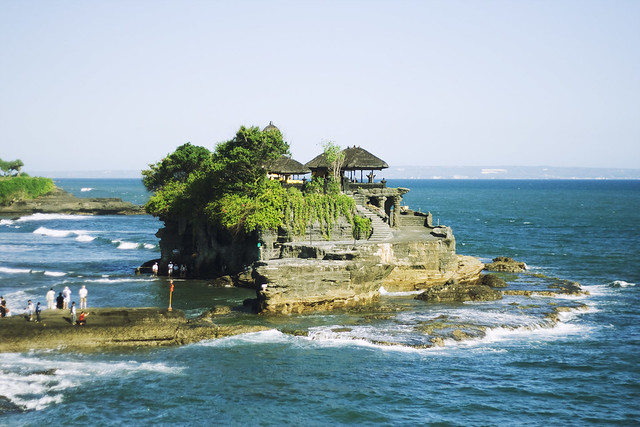 flickr/Peregrino Will Reign
flickr/Peregrino Will Reign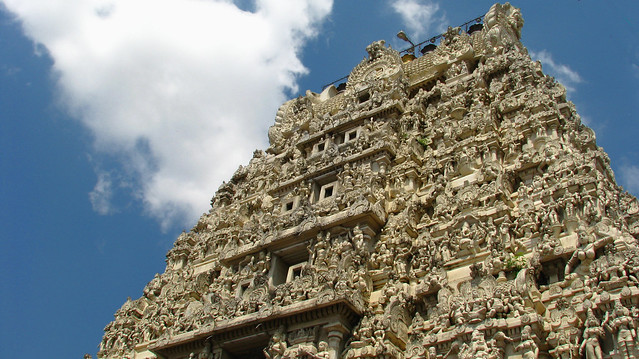 flickr/Santhosh Janardhanan
flickr/Santhosh Janardhanan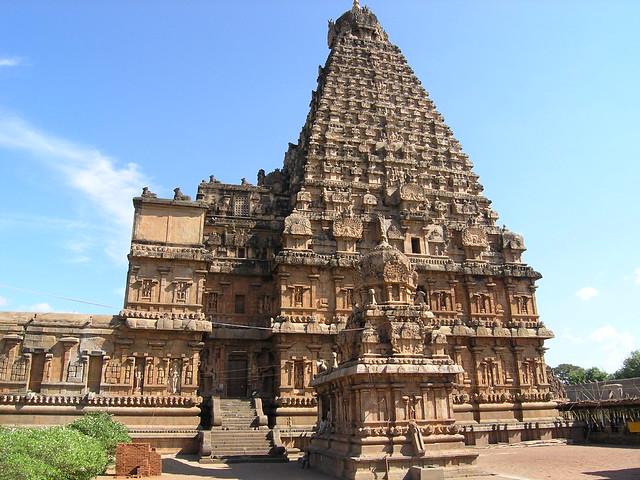 flickr/Matthew Winterburn
flickr/Matthew Winterburn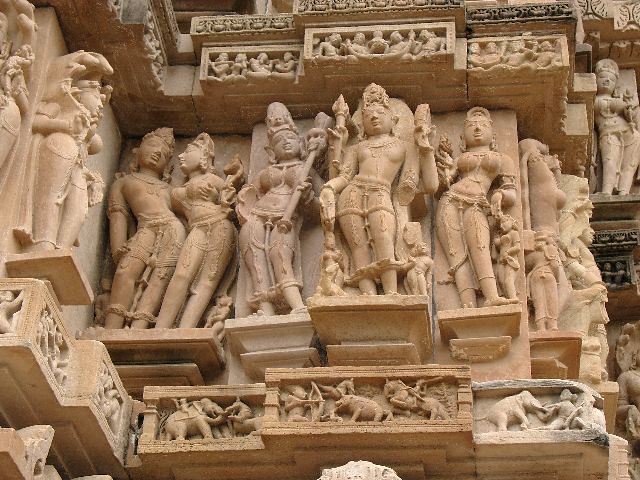 flickr/kuranda
flickr/kuranda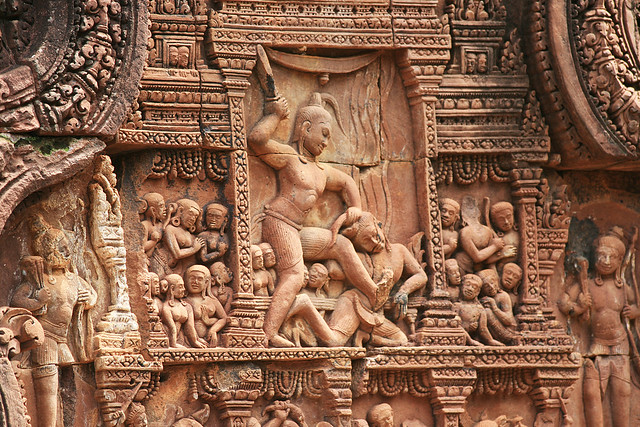 flickr/Marc Aurel
flickr/Marc Aurel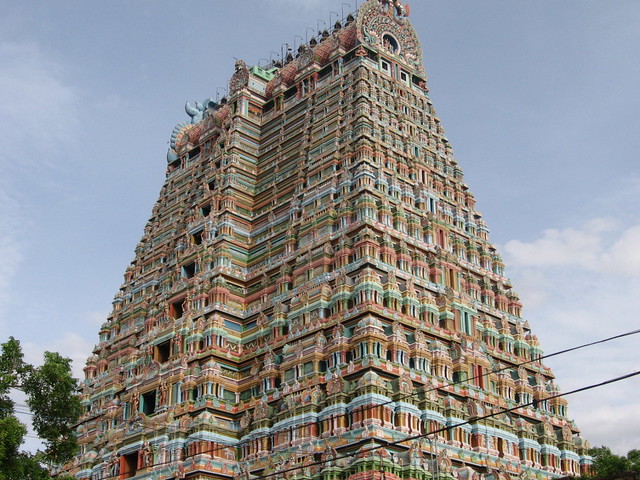 flickr/sowri
flickr/sowri flickr/Marina & Enrique
flickr/Marina & Enrique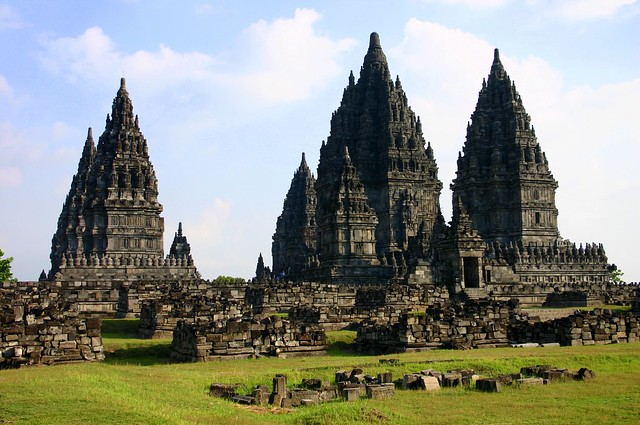 flickr/zsoolt
flickr/zsoolt flickr/raysto
flickr/raysto flickr/DragonWoman
flickr/DragonWoman flickr/Peregrino Will Reign
flickr/Peregrino Will Reign flickr/Santhosh Janardhanan
flickr/Santhosh Janardhanan flickr/Matthew Winterburn
flickr/Matthew Winterburn flickr/kuranda
flickr/kuranda flickr/Marc Aurel
flickr/Marc Aurel flickr/sowri
flickr/sowri flickr/Marina & Enrique
flickr/Marina & Enrique flickr/zsoolt
flickr/zsoolt flickr/raysto
flickr/raysto flickr/DragonWoman
flickr/DragonWoman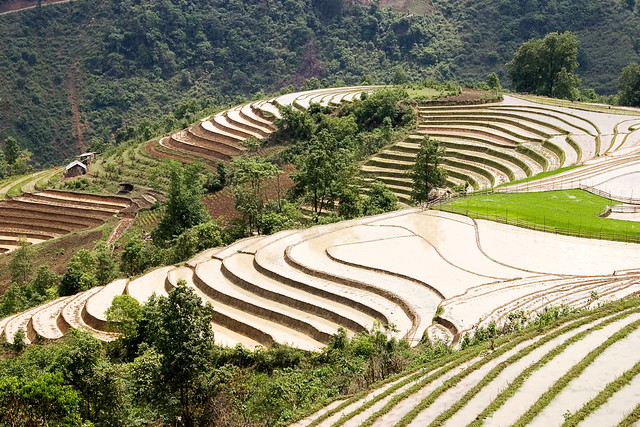 flickr/Two Roses
flickr/Two Roses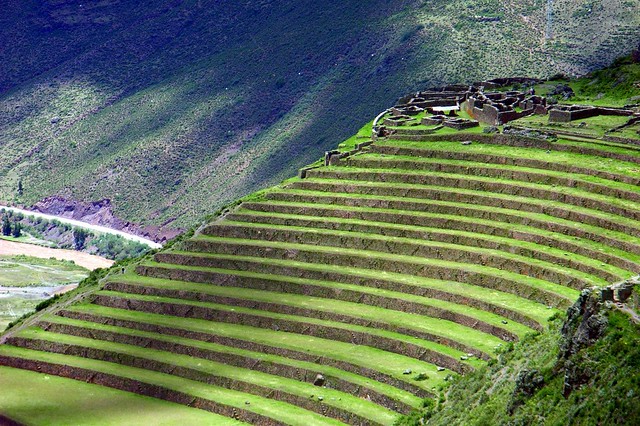 flickr/Vautrin_Baires
flickr/Vautrin_Baires flickr/Ryan Opaz
flickr/Ryan Opaz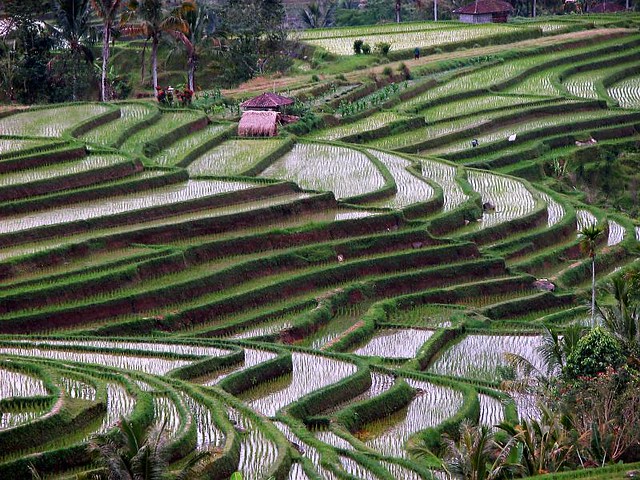 flickr/Miek37
flickr/Miek37 flickr/ojjo
flickr/ojjo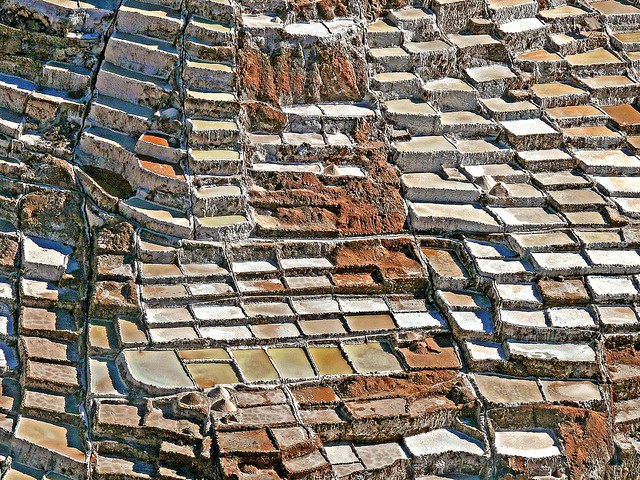 flickr/themanwithsalthair
flickr/themanwithsalthair flickr/Rodrigo Álvarez / Rupert
flickr/Rodrigo Álvarez / Rupert flickr/thejerk
flickr/thejerk flickr/Poorfish
flickr/Poorfish flickr/IRRI Images
flickr/IRRI Images flickr/szeke
flickr/szeke